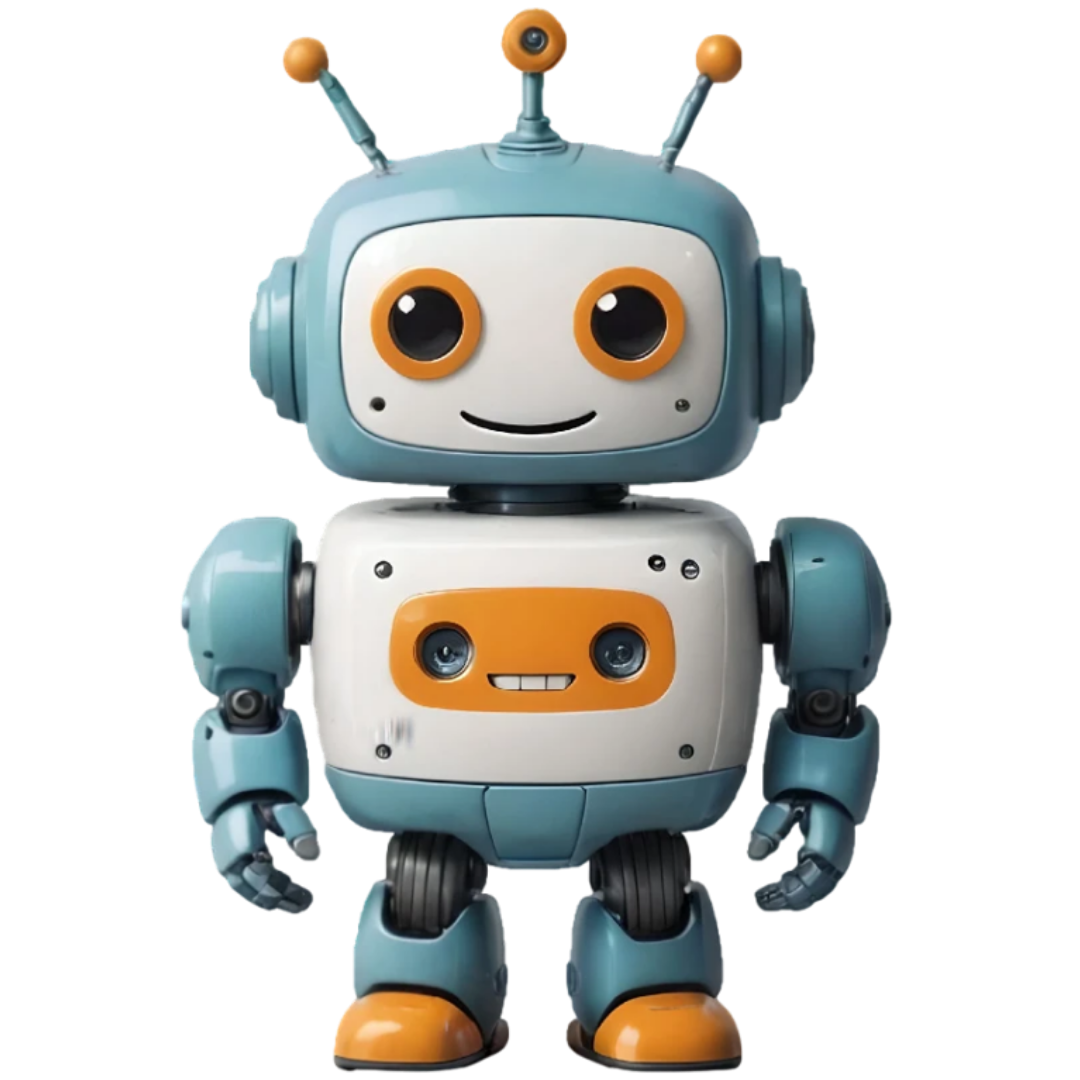June 1, 2024
Start Creating Your Own AI Images & Videos
What’s the Difference Between AI, Machine Learning, and Deep Learning?
Today, we’re diving into an often confusing but incredibly important topic: the differences between Artificial Intelligence (AI), Machine Learning (ML), and Deep Learning (DL). These terms are frequently used interchangeably, but they refer to distinct concepts and technologies. Understanding the nuances between them can help you grasp the broader landscape of modern technology and its applications. Let’s break it down!
Understanding Artificial Intelligence (AI)
Artificial Intelligence (AI) is the broadest concept among the three. AI refers to the simulation of human intelligence in machines that are programmed to think and learn like humans. The goal of AI is to create systems that can perform tasks that would normally require human intelligence. This includes things like reasoning, problem-solving, understanding natural language, recognizing patterns, and making decisions.
Key Characteristics of AI:
Broad Scope: Encompasses a wide range of technologies and applications.
Goal-Oriented: Aims to mimic human cognitive functions.
Types of AI: Divided into narrow AI (designed for specific tasks, like Siri or Alexa) and general AI (hypothetical systems that can perform any intellectual task a human can).
Examples of AI Applications:
Virtual assistants (e.g., Google Assistant, Siri)
Chatbots
Autonomous vehicles
Smart home devices
Recommendation systems (e.g., Netflix, Amazon)
Understanding Machine Learning (ML)
Machine Learning (ML) is a subset of AI. It involves the use of algorithms and statistical models to enable computers to learn from and make predictions or decisions based on data. Instead of being explicitly programmed to perform a task, ML systems are trained on data, allowing them to improve their performance over time.
Key Characteristics of ML:
Data-Driven: Relies on large datasets to train models.
Algorithms: Utilizes various algorithms, such as linear regression, decision trees, and neural networks.
Learning Types: Includes supervised learning (training on labeled data), unsupervised learning (finding patterns in unlabeled data), and reinforcement learning (learning through trial and error).
Examples of ML Applications:
Email spam filtering
Fraud detection
Image and speech recognition
Personalized recommendations
Predictive analytics
Understanding Deep Learning (DL)
Deep Learning (DL) is a specialized subset of machine learning that uses neural networks with many layers (hence “deep”) to analyze various factors of data. Deep learning models are designed to simulate the behavior of the human brain by using multiple layers of neurons. This allows them to learn from vast amounts of data and perform complex tasks.
Key Characteristics of DL:
Neural Networks: Uses deep neural networks with multiple layers of nodes (neurons).
High Performance: Capable of processing large volumes of data and performing tasks like image and speech recognition with high accuracy.
Resource-Intensive: Requires significant computational power and large datasets for training.
Examples of DL Applications:
Self-driving cars
Advanced image and voice recognition (e.g., Google Photos, Siri)
Natural language processing (e.g., chatbots, translation services)
Facial recognition
Predictive healthcare analytics
Comparing AI, ML, and DL
To summarize the differences:
Artificial Intelligence (AI): The overarching concept of creating machines that can perform tasks requiring human intelligence. AI includes both machine learning and deep learning as subsets.
Machine Learning (ML): A subset of AI focused on creating systems that learn from data to make predictions or decisions. ML is data-driven and includes various learning algorithms.
Deep Learning (DL): A more specialized subset of machine learning that uses complex neural networks to analyze and learn from large amounts of data. DL excels in tasks like image and speech recognition.
Here’s a visual analogy to help clarify the relationships:
AI is like the entire field of transportation, encompassing all vehicles and systems designed to move people or goods from one place to another.
ML is like cars, a specific type of transportation that includes various models and designs.
DL is like self-driving cars, a specialized type of car that uses advanced technology to operate autonomously.
Practical Applications: How They Work Together
Let’s look at a real-world example to see how AI, ML, and DL work together:
Imagine a healthcare system designed to diagnose diseases from medical images.
AI: The overall system aims to replicate the diagnostic abilities of human doctors, providing accurate and timely diagnoses.
ML: Within this system, machine learning algorithms are trained on thousands of medical images to learn how to identify signs of specific diseases.
DL: Deep learning models are used to analyze the images with high precision, identifying subtle patterns that might be missed by traditional ML algorithms or even human doctors.
By combining these technologies, the healthcare system can improve diagnostic accuracy, speed, and reliability, ultimately leading to better patient outcomes.
Conclusion
Understanding the differences between AI, ML, and DL is crucial for anyone interested in the field of technology. AI is the broad goal of creating intelligent machines, ML is a key method for achieving that goal through data-driven learning, and DL represents the cutting edge of ML with its powerful neural networks.
We’re dedicated to empowering diverse and underrepresented communities with knowledge and skills in these transformative technologies. By staying informed and continuing to learn, you can be part of the exciting advancements in AI, ML, and DL, and contribute to a future where technology makes a positive impact on society.
Thank you for joining us in exploring these fascinating concepts. If you have any questions or need further guidance, feel free to reach out. We’re here to support you on your journey to mastering the world of AI technology.
Happy learning, and stay curious!
Ai Education For All
© 2025

